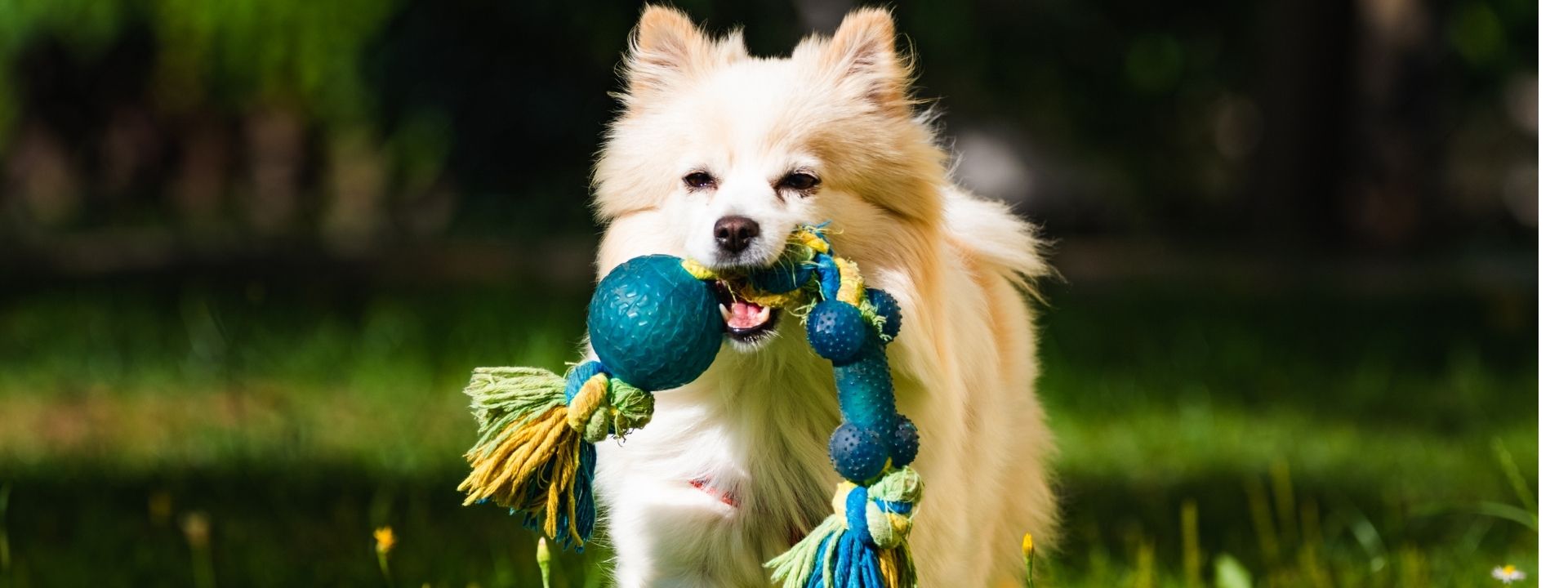A good chew toy is more than just a source of fun for your dog; it’s an essential tool for dental health, mental stimulation, and satisfying their natural instinct to chew. As pet owners in Layton, we often choose toys based on durability or how entertaining they seem. However, it's crucial to consider the safety of the materials they're made from. The pet toy industry is not held to the same strict safety standards as children's toys, which means some products on the market may contain hidden dangers.
Understanding the potential hazards in your dog’s toy box is a fundamental part of responsible pet ownership. The team at Canyon View Cares Layton is committed to providing the information you need to keep your companion happy, healthy, and safe during playtime. This guide will walk you through the common risks and help you make informed choices.
Unseen Hazards: What to Watch for in Your Dog's Toys
From toxic chemicals to poor construction, the dangers in some pet toys are not always obvious. Being aware of these risks is the first step toward ensuring a safe playtime for your companion and avoiding preventable accidents.
1. The Chemical Risks in Plastic and Rubber Toys
Many of the most popular dog toys are made from plastic, vinyl, or rubber. While many are safe, some contain chemicals that can leach out during chewing and pose long-term health risks.
- BPA and Phthalates: These chemicals are plasticizers, added to make materials softer and more flexible. Phthalates, often found in vinyl toys, have been linked to hormonal disruptions in animals. Although not required by law, many conscientious brands will label their products as "BPA-free" or "phthalate-free" to signal their commitment to safety.
- Heavy Metals: Lead, chromium, and other toxic heavy metals can be present in the paint or plastic of low-quality toys, particularly those manufactured in countries with lenient safety standards. If a dog ingests fragments from these toys, it can lead to heavy metal poisoning, a serious condition that can damage the nervous system and internal organs.
To minimize these chemical risks, stick with toys from reputable brands that are transparent about their manufacturing processes. Opt for products made from 100% natural rubber or those explicitly marked as "non-toxic."
2. The Dangers of Poorly Constructed Toys
A toy's physical design can be just as hazardous as its chemical makeup, especially for dogs who are powerful or persistent chewers. A toy that easily breaks apart can quickly turn into a medical emergency.
- Swallowing Small Pieces: Toys with decorative elements like plastic eyes, bells, or even internal squeakers can be dangerous. A determined dog can rip these components off and swallow them, leading to a potential gastrointestinal blockage that may require emergency surgery.
- Ingesting Rope and Fabric: Rope toys are popular for games of tug-of-war, but they require supervision. If a dog chews and swallows the strands, the fibers can cause a linear foreign body obstruction. This is a life-threatening emergency where the string can cause the intestines to bunch up, cutting off blood flow and causing severe tissue damage.
We recommend always supervising your dog with their toys and inspecting them regularly for signs of damage like cracks, tears, or fraying. If a toy is falling apart, it's time to discard it. In the event of an emergency, the team at Canyon View Cares Layton is ready to provide the urgent care your pet needs.
3. The Problem with "Edible" and Excessively Hard Chews
Many pet owners rely on edible chews or hard bones to provide long-lasting entertainment. While effective at keeping a dog busy, these popular options come with their own set of potential problems.
- Rawhide and Other Edible Chews: While dogs tend to love them, rawhide chews can become a choking hazard if a large, tough piece is swallowed. They can also cause blockages in the digestive tract because they don't break down easily.
- Bones, Antlers, and Hard Nylon: Chews that are too hard can do serious damage to a dog’s teeth. A simple way to check is with the "thumbnail test": if you can't press your thumbnail into the surface of the chew to make a slight indent, it’s likely too hard and could cause a painful tooth fracture.
A safer alternative is a toy made from durable, flexible materials like heavy-duty natural rubber, which can stand up to chewing without being hard enough to break teeth. Combining safe chewing with professional dental care is key to your pet's oral health. You can learn more about our comprehensive veterinary services on our website.
Choosing Safe Toys for Happy Pets in Layton
Ensuring your dog’s playtime is safe requires a bit of knowledge and vigilance. By selecting toys made from non-toxic materials, checking for durable construction, and making sure the toy is the right size for your dog, you can provide endless fun without risking their health.
If you ever have questions about the safety of a particular toy or have any concerns about your pet's health, our team is here to help. Contact Canyon View Cares Layton to schedule an appointment. We are dedicated to providing the guidance you need for a long, happy life with your furry friend.

